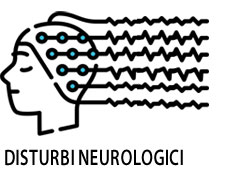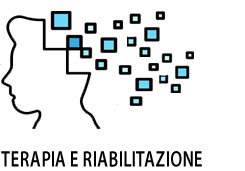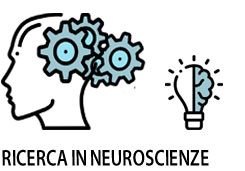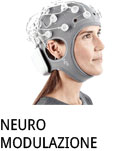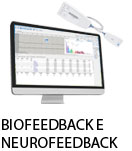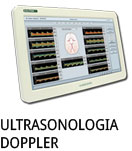- +39 011 5821948
- info@geasoluzioni.it
- Lun - Ven 8:00 - 17:30
Pubblicazioni
Computational pipeline for NIRS-EEG joint imaging of tDCS-evoked cerebral responses – an application in ischemic stroke
- Abstract:
- Transcranial direct current stimulation (tDCS) modulates cortical neural activity and hemodynamics. Electrophysiological methods (electroencephalography-EEG) measure neural activity while optical methods (near-infrared spectroscopy-NIRS) measure hemodynamics coupled through neurovascular coupling (NVC). Assessment of NVC requires development of NIRS-EEG joint-imaging sensor montages that are sensitive to the tDCS affected brain areas. In this methods paper, we present a software pipeline incorporating freely available software tools that can be used to target vascular territories with tDCS and develop a NIRS-EEG probe for joint imaging of tDCS-evoked responses. We apply this software pipeline to target primarily the outer convexity of the brain territory (superficial divisions) of the middle cerebral artery (MCA). We then present a computational method based on Empirical Mode Decomposition of NIRS and EEG time series into a set of intrinsic mode functions (IMFs), and then perform a cross-correlation analysis on those IMFs from NIRS and EEG signals to model NVC at the lesional and contralesional hemispheres of an ischemic stroke patient. For the contralesional hemisphere, a strong positive correlation between IMFs of regional cerebral hemoglobin oxygen saturation and the log-transformed mean-power time-series of IMFs for EEG with a lag of about −15 s was found after a cumulative 550 s stimulation of anodal tDCS. It is postulated that system identification, for example using a continuous-time autoregressive model, of this coupling relation under tDCS perturbation may provide spatiotemporal discriminatory features for the identification of ischemia. Furthermore, portable NIRS-EEG joint imaging can be incorporated into brain computer interfaces to monitor tDCS-facilitated neurointervention as well as cortical reorganization.
- Patologie/Applicazioni:
- Anno:
- 2016
- Tipo di pubblicazione:
- Articolo
- Parola chiave:
- stroke; ossigenazione cerebrale
- Testata scientifica:
- Frontiers in Neuroscience
- DOI:
- 10.3389/fnins.2016.00261
La nostra storia
GEA soluzioni si affaccia nel 2013 al mercato della strumentazione medicale di alto livello tecnologico ma la sua storia parte da più lontano, clicca qui per approfondire.
GEA SOLUZIONI SRL
via Issiglio 95/10, Torino
Tel.: 011 5821948 / 011 4463853
Fax: 011 0433281
Email: info @ geasoluzioni.it
P. IVA IT11696920013
REA TO1233648

